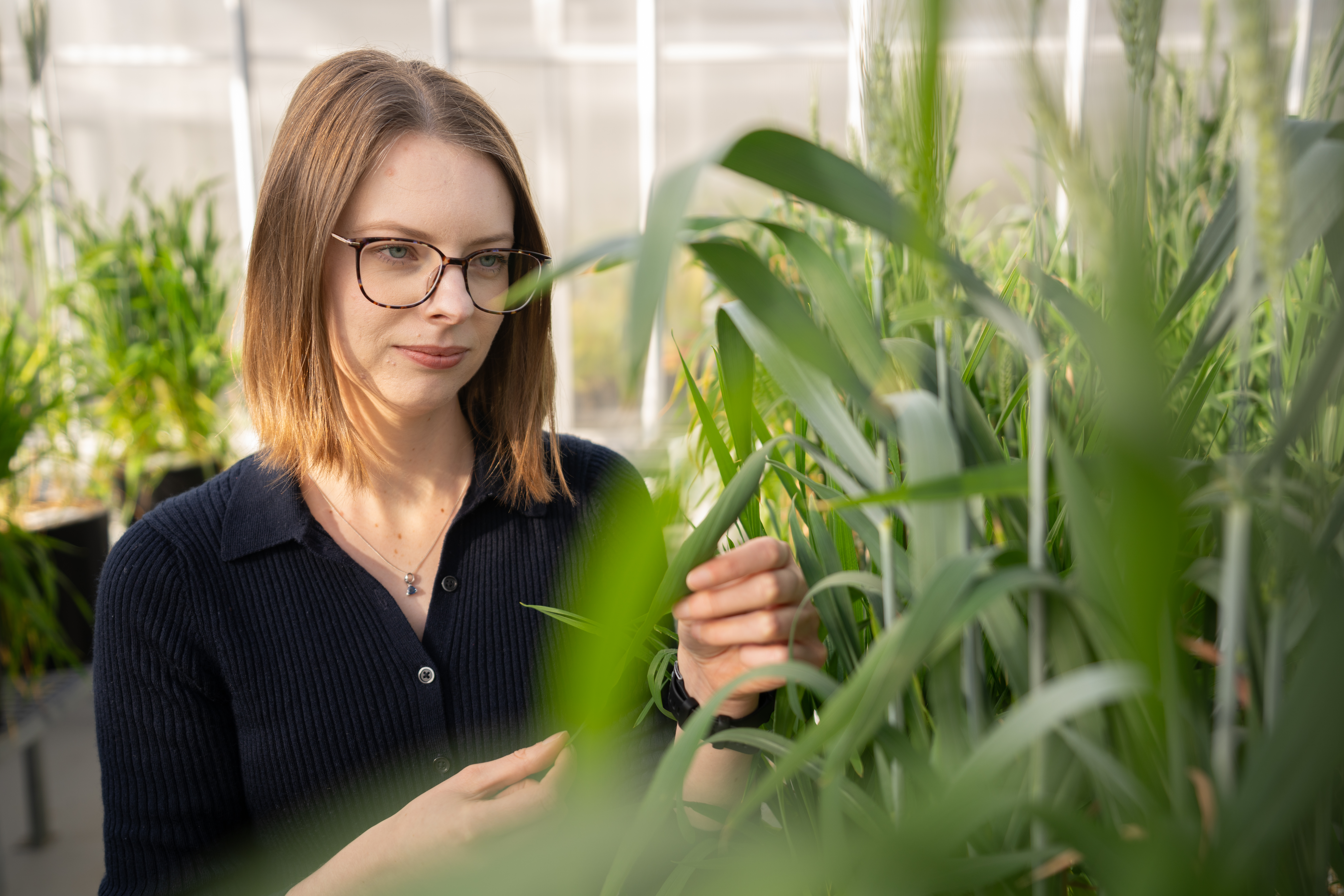Media release
From:
An advanced filtration system inspired by nature that can recover untapped critical resources such as copper and lithium from mining waste is being developed by scientists from The Australian National University (ANU) in collaboration with Rio Tinto.
Using nanotechnology, the ANU researchers have bioengineered proteins that harness the advanced separation systems evolved by plants over billions of years. The research team has programmed the proteins, which have certain selective abilities, to separate and extract high-purity minerals and metals from mining wastewater, while simultaneously turning dirty water into clean water.
Industrial mining sites around the world contain an estimated $5.16 trillion worth of untapped critical resources that are trapped in wastewater. These metals and minerals are critical to the renewable energy transition, but in their waste form they are destructive to the environment.
According to Professor Caitlin Byrt, the “world-first” ANU-developed tech, known as Bioderived Element Resource Separation Technology (BERST), could help transform how mining waste is managed.
“Building a sustainable future depends on careful management of the critical resources required for the green energy transition. Mining operations deliver these critical resources but also generate substantial volumes of waste – there are currently tens of thousands of inactive and unrehabilitated mine sites in Australia,” Professor Byrt said.
Professor Byrt said BERST could dramatically cut the costs of mine closure and rehabilitation – costs that are estimated in Australia alone to be between $4-8 billion annually – while creating new revenue streams for mining companies.
“With approximately 240 Australian mines projected to close by 2040, and thousands more globally, there is an urgent need for innovative and effective waste management and rehabilitation strategies,” she said.
“Poorly managed mining waste can create environmental and safety risks and ongoing liabilities long after mining operations have ended. For example, acid mine drainage (AMD) impacts hundreds of thousands of kilometres of freshwater waterways, making reservoirs of freshwater unusable. AMD is ranked by the United Nations as second highest on its list of global environmental concerns, after climate change.
“This is where BERST comes in. The technology offers a simple yet effective solution to recycle and reuse these critical resources – that are essential to the clean energy transition – while helping mining sites reduce their environmental footprint.”
Dr Samantha McGaughey, also from ANU, said the BERST system could incorporate many different selective proteins – each one individually programmed to identify and recover a specific metal and mineral, demonstrating the technology’s accuracy, efficiency and adaptability to the wastewater composition.
“If you have a waste stream that's really complex, and there's 10 different metals or nutrients that you want to harvest from it, we could program each different protein to harvest every single one of those metals or nutrients simultaneously,” said Dr McGaughey, who was recently named the 2025 ACT Scientist of the Year.
As well as being able to extract the resources needed for food and energy security, BERST can also turn filthy mining wastewater into clean drinking water, offering a new and innovative solution to help bolster global water security.
“This is a huge benefit of this technology and probably what gives it an advantage over other types of technologies,” Dr McGaughey said.
“Plants have already done the hard work – they’ve evolved certain abilities to adapt to different environments with different soil compositions. This allows them to compartmentalise toxic things that they don't need or extract valuable metal and mineral nutrients that they do need in a very targeted way.
“With BERST, we’re adapting nature’s blueprints into a technology that can unlock valuable resources, reduce environmental impacts and make mine closure more economically and socially sustainable.”
According to the research team, BERST can take the form of many shapes and sizes, meaning the technology could be conveniently transported and deployed at any mine site worldwide with ease.
“BERST can be scaled anywhere from a two-litre portable unit to something equivalent to the size of a shipping container, through to an entire facility,” Professor Byrt said.
It’s hoped the tech, which is currently in the prototype testing stage, could be rolled out across the world, helping clean up the environmental damage caused by mine sites while at the same time recovering the materials needed to aid the renewable energy transition.
The technology concept is published in Mine Closure 2025 Australian Centre for Geomechanics | Conference Paper: Bioderived element resource separation technology for waste processing.
Images of Professor Caitlin Byrt and Dr Samantha McGaughey are available to download here.



 Australia; ACT
Australia; ACT


